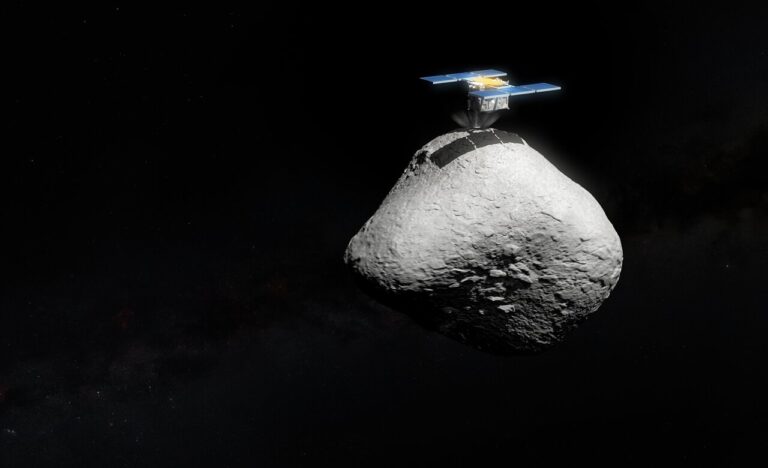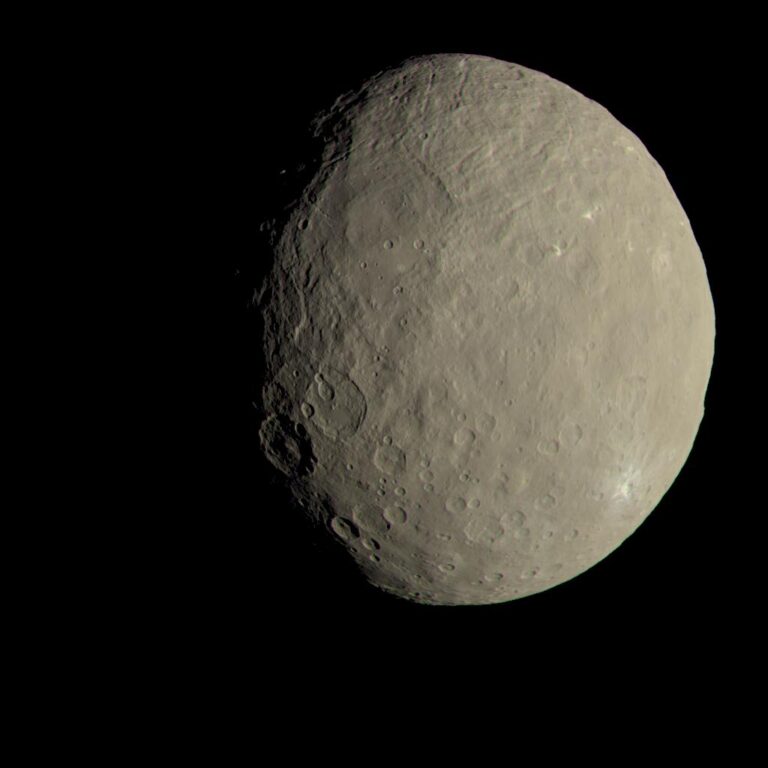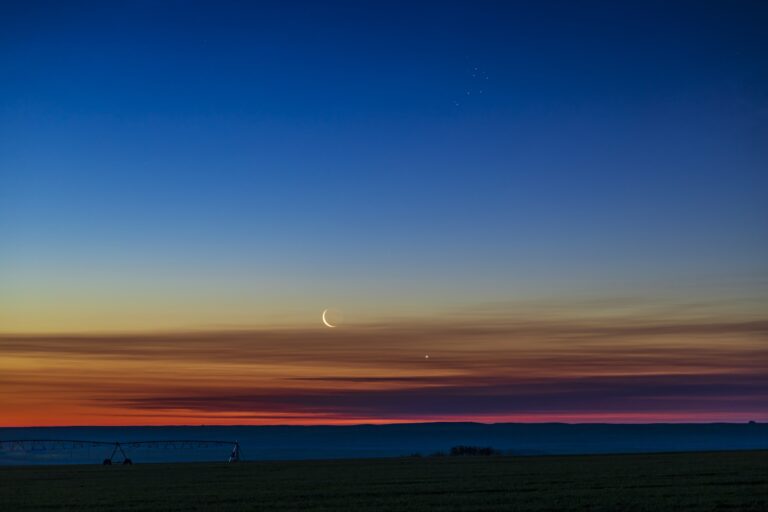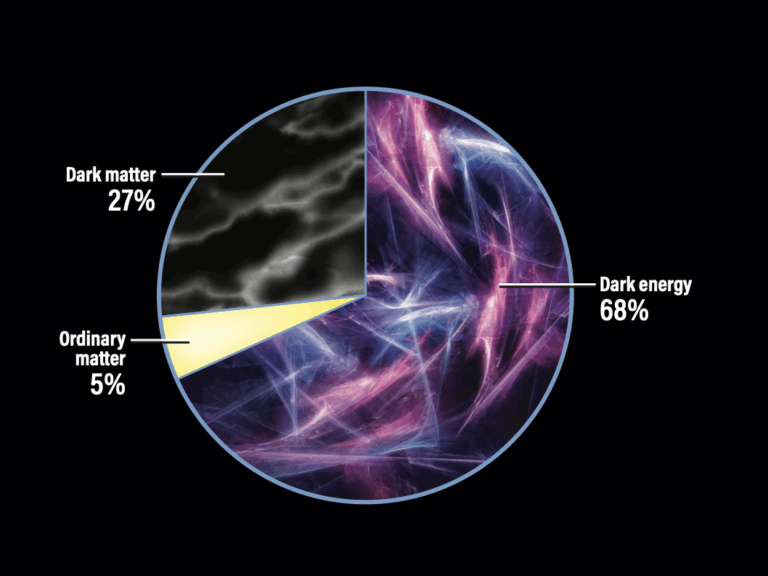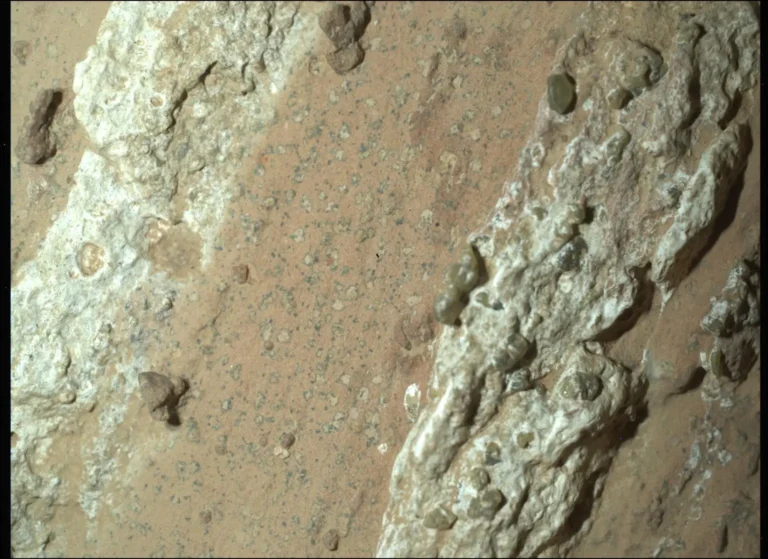Key Takeaways:
T The European Space Agency’s (ESA) Rosetta spacecraft sweeps past Earth March 4, passing so close some observers will be able to see it through binoculars.
Rosetta holds a great deal of personal interest for me, as it appeals to both of my great passions. As a professional astronomer, I’m intrigued by the mission’s possibilities. Rosetta is the first comet orbiter and lander, crammed full of instrumentation designed to reveal the secrets of its target, Comet Churyumov-Gerasimenko.
As an amateur Egyptologist, I appreciate the significance of the spacecraft’s name, which comes from the Rosetta Stone discovered in the sands of Egypt by Napoleon’s soldiers in 1799. This inscribed rock helped scholars decipher and understand Egyptian hieroglyphs, opening the window on the past of the ancient Near East.
In a similar fashion, Rosetta should help today’s scientists understand much more about comets, which will shed new light on the early solar system. But, as with the deciphering of hieroglyphs, these revelations will come with time: Rosetta won’t reach its target for 10 years.
Long road
Rosetta must arrive at Churyumov-Gerasimenko slow enough to enable the spacecraft to orbit the comet. To do this requires a long trajectory that takes the vehicle to a distance more than 5 times greater than Earth’s from the Sun — nearly as far as Jupiter. No launch vehicle is powerful enough to place a spacecraft as massive as Rosetta directly on this course, so controllers resorted to the tried-and-true method employed by many interplanetary probes: fly close to a planet, using its gravity to pick up speed for the journey’s next leg. While many spacecraft, such as the New Horizons mission to Pluto, need only one such gravity assist, Rosetta will use three from Earth and one from Mars.
More detailed finder charts are available here.
First encounter
Rosetta passes Earth for its first gravity assist Friday, March 4, passing about 1,180 miles (1,900 kilometers) above Baja California around 2:10 P.M. Pacific Time. The spacecraft, which sports solar arrays extending 105 feet (32 meters), will reflect enough sunlight to reach 8th magnitude — bright enough to be seen in binoculars by observers under dark skies. Its distinctive motion against the background stars — about 9° per minute at closest approach — will make Rosetta stand out from other sky objects.
Unfortunately, Rosetta passes closest to Earth during daylight for the Americas, so observers in the Western Hemisphere won’t have a chance to see the spacecraft.
But Europeans will, appropriately enough. Rosetta will pass over Europe a few minutes before closest approach. Although farther out — about 3,400 miles (5,500 kilometers) — the vehicle will still be bright enough to be seen in binoculars. Knowing where to look, however, is critical for an object as faint as magnitude 8 or 9.
And that’s where a slight catch comes into the picture.
Rosetta will be closer than many Earth-orbiting satellites. This means the spacecraft will appear against a slightly different track of sky for observers in different locations throughout Europe. For example, about 19 minutes before closest approach, at 21:51 UT, viewers in London, Paris, Berlin, and Rome will all see the spacecraft in the constellation Taurus, but its exact position will differ for each city. Londoners will see Rosetta on the east side of Taurus; Romans, on the west.
“We expect that amateur astronomers using video cameras hooked up to their telescopes will be able to distinguish the solar panels of Rosetta,” says Detlef Koschny, a Rosetta scientist at the European Space Research and Technology Centre in Noordwijk, Netherlands. “We will try to put the high gain antenna in a position so that it could also be visible.”
The ESA even has invited amateur astronomers to participate in a “Rosetta Up Close” photo contest. The top three images will win some extraordinary prizes — including VIP tickets to the Venus Express launch scheduled for later this year. Koschny will serve as one of the contest judges; click here for details.
Controllers plan to run the spacecraft through its paces as it rushes past Earth. A few hours before closest approach, Rosetta will seek the Moon to calibrate many of its instruments. After the flyby, one of Rosetta’s two navigation cameras will be switched into “asteroid tracking” mode. When Rosetta flies past the two asteroids on its agenda — Steins in September 2008 and Lutetia in July 2010 — this tracking mode will be keep spacecraft instruments centered on its targets. This time around, Rosetta will track the Moon as it would one of these asteroids.
If you think viewing Rosetta will be tricky, you’re right. But it could be worse. Imagine trying to locate the spacecraft when it whips around Mars in February 2007. Rosetta will barrel across the sky just 125 miles (200 km) above the Red Planet’s surface.




